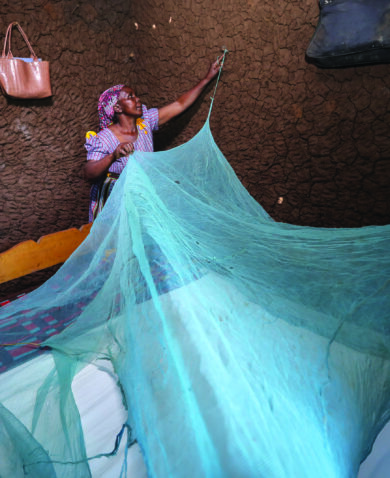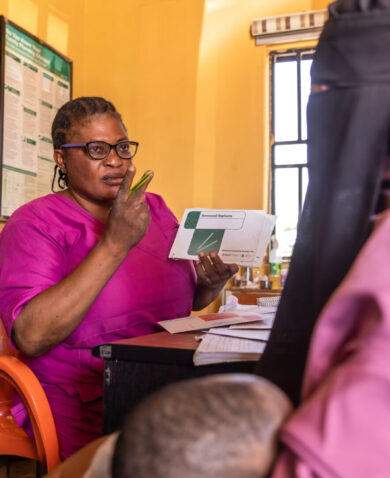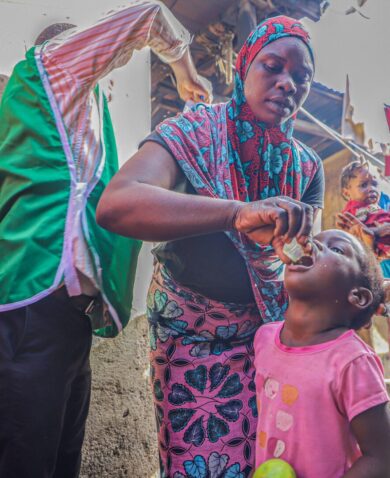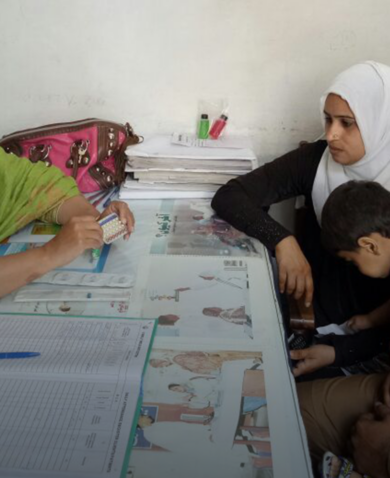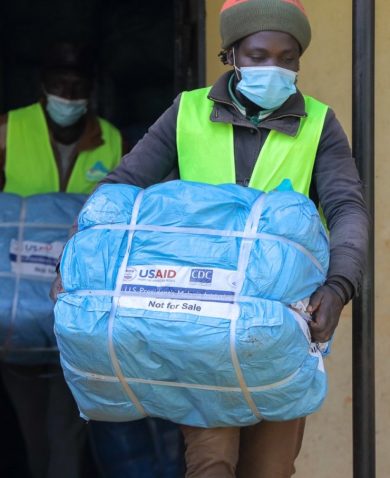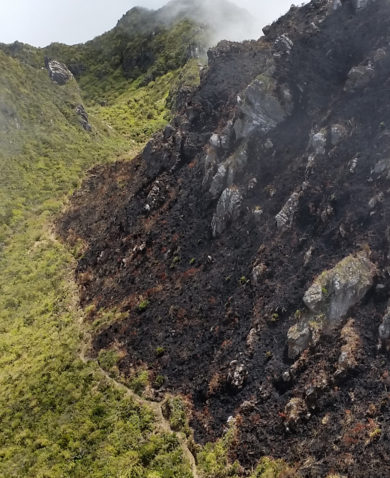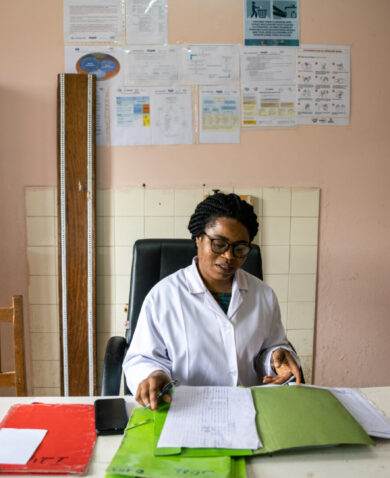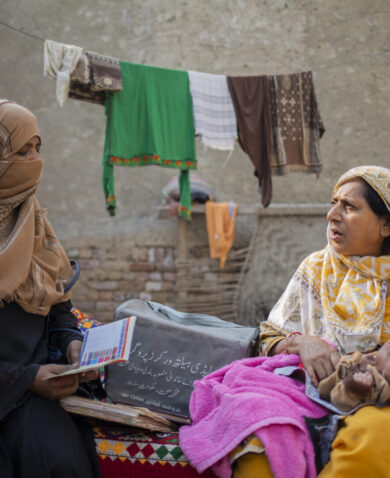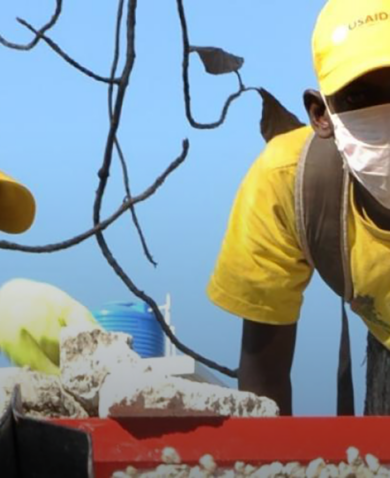
Can Ocean Temperature Changes Forecast Malaria Transmission in Southern Africa?
April 13, 2017 | 2 Minute ReadJames Colborn and the ATLAS project are exploring using climate data to forecast malaria transmission in advance, rather than monitoring outbreaks as they happen.
This blog post originally appeared on ClimateLinks.
In backpacking across Africa as a recent college graduate, James Colborn felt drawn to the place and the people and wanted to do more than just travel around as a tourist. Soon after, he found his calling in global health. Today, Colborn has a Ph.D. in parasitology and years of experience working on malaria in sub-Saharan Africa with organizations ranging from the Centers for Disease Control and Prevention to the Clinton Health Access Initiative.
Colborn studies how factors such as ecology, immunology, and human behavior interact and contribute to outbreaks of malaria. An increasingly important component to his work is the role ocean temperatures, weather variability, and other climate trends play in malaria risk and infection.
“Health issues, particularly those related to a widespread, vector-borne disease like malaria, are bringing the connection between weather and disease risk to the here and now,” he said. “People aren’t paying enough attention to climate trends, even though it can potentially have huge impacts on malaria control programs.”
For example, the malaria parasite and the mosquitoes that carry them are very susceptible to higher temperatures, which lead to faster development times for the parasite in the mosquito, raising rates of infection. Higher temperatures also allow mosquitoes to breed and become infected with malaria parasites in areas that were once too cold for them to thrive.
As temperatures continue to rise, higher rates of infection are likely. Previously unsuitable areas, such as highlands in Africa, could become new mosquito breeding grounds. Since people in such areas have had little exposure to malaria, epidemic malaria conditions may result.
But of course, the situation is not that simple; malaria transmission is influenced by many things. A recent outbreak across Southern Africa, including areas where malaria was considered to be eliminated, highlights this complexity.
Some researchers attribute the increases to reduced access to care and drugs, increased resistance of mosquitoes to insecticides and parasites to anti-malarial drugs, human migration patterns, displacement of people due to droughts and floods, or behavior changes. But new research with USAID and on-the-ground work with the President’s Malaria Initiative suggest these factors, while important, are not enough to explain the current situation.
Dr. Colborn’s review of the evidence points to broad-scale climate dynamics, such as those driving the El Niño and La Niña weather patterns, as playing a role in the uptick in malaria transmission. Colborn’s latest research, on behalf of USAID’s Adaptation, Thought Leadership, and Assessments (ATLAS) project, seeks to understand the relationships between recent temperature and rainfall dynamics, and the increase in malaria outbreaks in Mozambique.
Through his research, Colborn is seeing the possibility of a major advance: the establishment of early warning systems to support improved responses. The global, widespread availability of satellite-derived oceanic indices that provide data on ocean temperatures may make such systems possible because changes in ocean temperatures precede changes in weather patterns.
Rather than relying on the current case-based tracking systems — which monitor outbreaks as they happen — national governments and development agencies may anticipate outbreaks as much as four to six months in advance. This would represent a critical step forward, allowing health agencies and malaria intervention programs to focus resources and make strides in reducing malaria risk.
“Health is the human face of climate change, and if we don’t start paying attention to how, where, and when malaria risks are changing due to altered weather patterns, we risk undoing decades of investments in malaria control and elimination, locking up substantial future investments into responding to outbreaks and potential pandemics instead,” said Colborn.




